260
9
4 minutes
Suggested Articles
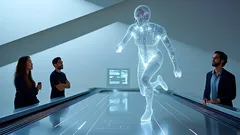
AI myths debunked: The real magic behind artificial intelligence revealed
Discover the real story behind artificial intelligence, from myths about sentience to the true breakthroughs shaping our future. Learn what AI can and cannot do, and where it’s heading next.
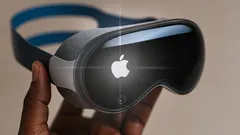
Apple Vision Pro Signals a Game-Changing Shift in Everyday Tech Life
Gadgets & Reviews
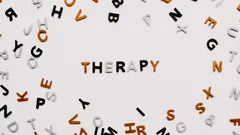
Digital health advocates face harsh truths as AI therapy chatbots falter
AI & Everyday Tech
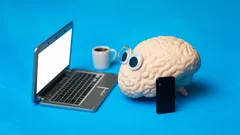
AI Is Revolutionizing Creative Careers—Here’s How Americans Are Thriving
AI & Everyday Tech
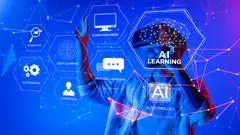
How AI and Micro-Credentials Are Reshaping Future Careers in Tech
AI & Everyday Tech

The Velvet Sundown brings AI-powered music to life in unforgettable shows
AI & Everyday Tech

Parents and students unlock affordable learning as TVs become computers in every home
AI & Everyday Tech

Turn your webcam into an AI emotion detector with Python and MediaPipe
AI & Everyday Tech
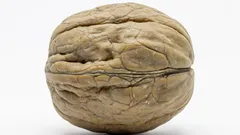
How ChatGPT is changing memory and creativity in daily life
AI & Everyday Tech

Scientists create necrobotic spiders, fusing nature and robotics for the future
AI & Everyday Tech

Playing video games together strengthens relationships and sparks real connection
AI & Everyday Tech

US crypto pioneers transform bold risk into life-changing fortunes
AI & Everyday Tech

Tech leaders embrace waste-to-carbon solutions as Microsoft bets big on green AI
AI & Everyday Tech

Travelers and campers embrace portable backpack laundry tech for freedom and clean clothes anywhere
Gadgets & Reviews

Sleep experts champion a smart anti-snoring belt for restful nights and healthier mornings
Gadgets & Reviews

Drivers use Google Maps and Waze to avoid fines but risk safety trade-offs
AI & Everyday Tech

App lovers seize this week’s best free premium downloads before time runs out
Smartphones & Apps
 W3 CodeCraft
W3 CodeCraft

Comments